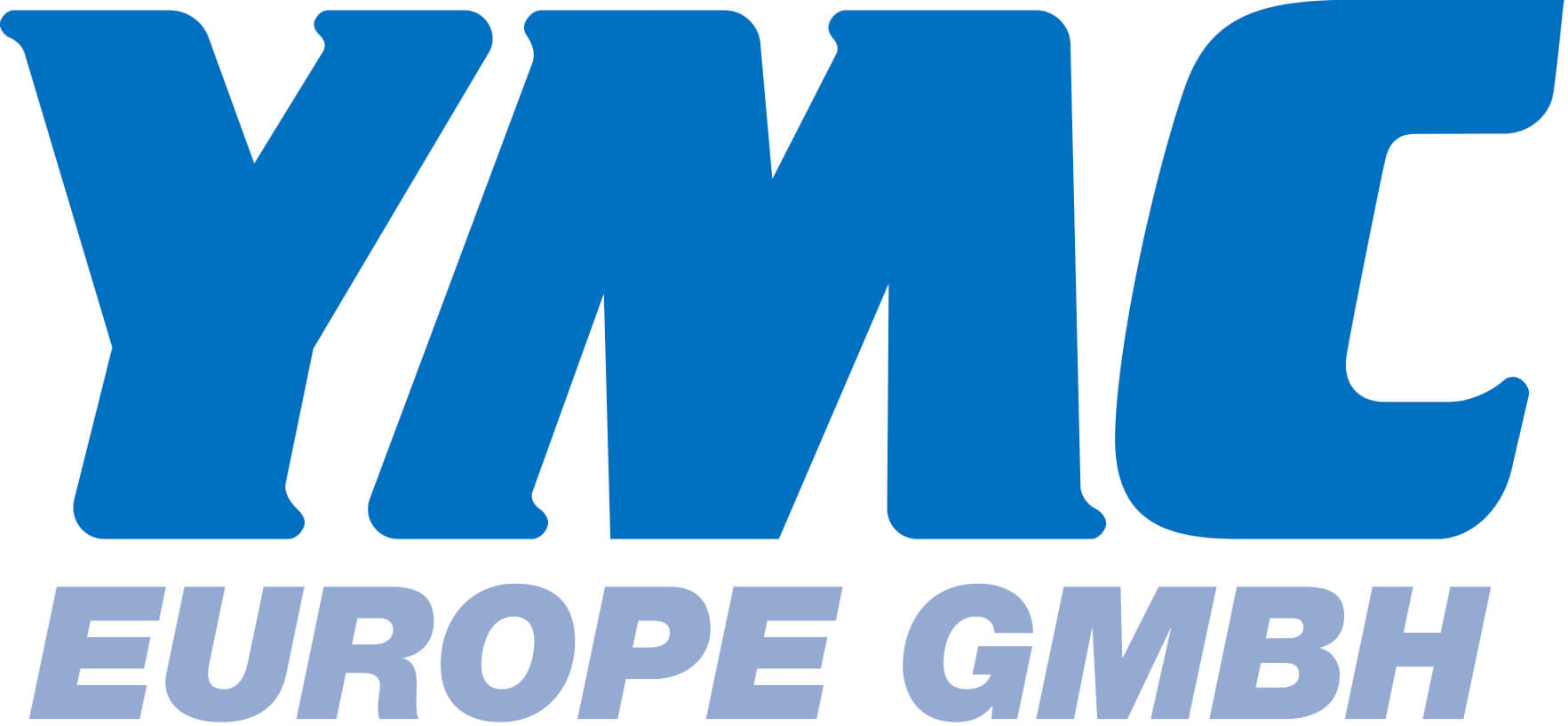
Complete and unambiguous characterization of lipids remains a challenging task in untargeted lipidomics approaches. To address this challenge, a highly curated lipidomics database amenable for LC/Q-TOF and Ion Mobility LC/Q-TOF was created with a standardized methodology that is easy to implement in many laboratory environments. To achieve this, a rugged, highly curated, comprehensive LC/TQ method covering a total of 763 lipids across all major lipid classes was used.1 This set of lipids was the starting point for the creation of a personal compound database and library (PCDL) that includes retention time (RT), MS/MS spectra, and collisional cross section. These serve as orthogonal measurement parameters that ensure higher confidence lipid identification. In this application note, the use of this highly curated PCDL2 is demonstrated within an untargeted lipidomics workflow designed to help users gain critical biological insights from their lipidomics data.
Mass spectrometry-based lipidomics profiling relies on the separation and subsequent identification of many structurally diverse lipids in a single analytical run. Efficient separation of lipids by chromatographic techniques is paramount for their accurate and unambiguous identification, particularly in complex biological extracts. Given the abundance of isomeric and isobaric species within each lipid class, coupled with their similar chromatographic behavior, lipid separation and annotation present notable challenges.





